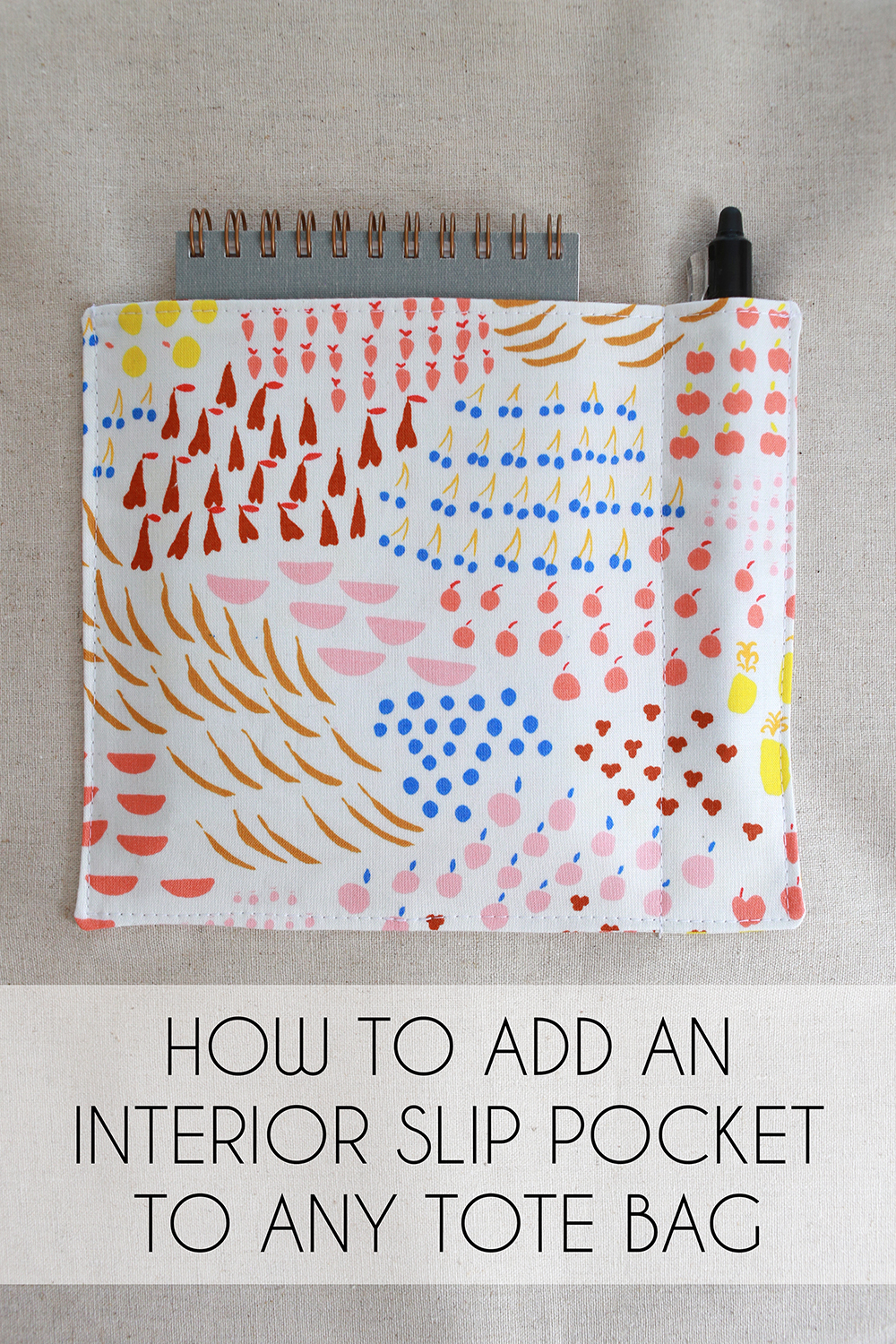
Happy Thursday! Today I'm going to share instructions for how to dye webbing to make custom handles for your totes! I love using webbing in my tote bags for a few reasons. It's sturdy, it's fast, and it's easy to customize with dye! I'm going to show you how dye with RIT dye, which is readily available at craft stores, big box stores like Target or Walmart and even some grocery stores. It doesn't take a lot of supplies, and doesn't take long either. So if you've never dyed anything before, this is a really great beginner dye project!
This was originally posted as part of the Workshop Tote Sew Along. Want to make a tote too?
Find all the posts here: Workshop Tote Sew Along
Pick up a copy of the pattern here: Workshop Tote Pattern
Share your progress here: #workshoptote on Instagram

Plain Workshop Tote made using Outback Wife by Gertrude Made.
1. Gather Supplies

First up, the webbing! You'll get the best results if you use 100% cotton webbing. I usually buy mine from JoAnn Fabrics (it's in the notions area), but your local quilt shop may carry it, and you can always find it on Etsy.
RIT dye can be used a few different ways, but my preferred method is on the stove. I find that I get more intense, even colors. I also like the liquid RIT Dye versus the powdered, because it's much less messy. Plus it's easier to save and store the leftover liquid dye (which you'll have plenty of!). I also recommend picking up a bottle of RIT ColorStay Dye Fixative.
It is important to use a pot and tools that are only for dyeing. I picked up this little pot at the thrift store for a few bucks, and my measuring spoons from the dollar store. In this tutorial I used a small electric burner (from Walmart), but you can of course use your stove!
You'll also need some plastic gloves, dish soap (I love original blue Dawn for dyeing), table salt, a plastic container or small bucket and a spoon to stir with. And don't forget to protect your workspace! Plastic drop cloth or butcher paper works great.
2. Prep Your Webbing

Before dyeing, it's important to wash your webbing. This will remove any dirt or chemicals that might interfere with the dye. I like to do this in a small bowl or sink. Warm water and a little dawn dish soap goes the trick. Rinse well and squeeze out excess water. No need to let it dry, now we can move right into dyeing!
3. Prepare Dye Bath

The liquid RIT dye amount you'll need is based on weight. One bottle (8oz) will dye up to two pounds of fabric. 1 1/4 yards of webbing weighs just under 1 oz. I've broken down how much dye you need per 1 oz below:
For 1 oz of fabric or webbing:
- 1/2 Tablespoon of liquid dye*
- 1 Tablespoon of salt
*I usually double this and use 1 Tablespoon as per RIT dye recommendations, to achieve a more intense color.
Fill pot with enough water for webbing to move freely and be completely covered. Heat until just below boiling. Add dye, salt, and a drop of dish detergent to pot. Stir to incorporate.
4. Dye

Wet your webbing in clean water, squeeze out excess water. Carefully add webbing to dye pot, keeping the dye bath at a low simmer. Stir continuously for the first 10 minutes. This helps achieve an even color. You can keep your webbing in the dye bath for up to an hour, stirring regularly. Darker colors may require longer dye times. I pulled my webbing out after 15-20 minutes. Don't forget, the webbing will dry lighter.
5. Set Dye

This step is optional, but since this webbing will become handles that will touch your clothes, I don't recommend skipping it. Fill a small bucket or plastic container with 2 quarts of hot water. Add 2 teaspoons of RIT ColorStay Dye Fixative, mix well. Add webbing straight from the dye bath, without rinsing. Let webbing soak for 20 minutes or more, stirring occasionally.
6. Rinse + Wash

Remove webbing from fixative and rinse under running water until water runs clear. Start with warm water and then cool water. Hand wash with a little dish soap. Rinse well and air dry.
A note on dyeing: There are a lot of factors that play into the final color of your dyeing. As you can see above, my webbing is not an exact match to the dye bottle. It's actually closer than it looks (I had a hard time getting a good photo of this color!), but dyeing is often a magical mystery. My webbing started as a natural color rather than plain white, so that can change the final color. Just something to keep in mind when choosing your dye!

Happy Dyeing!












































